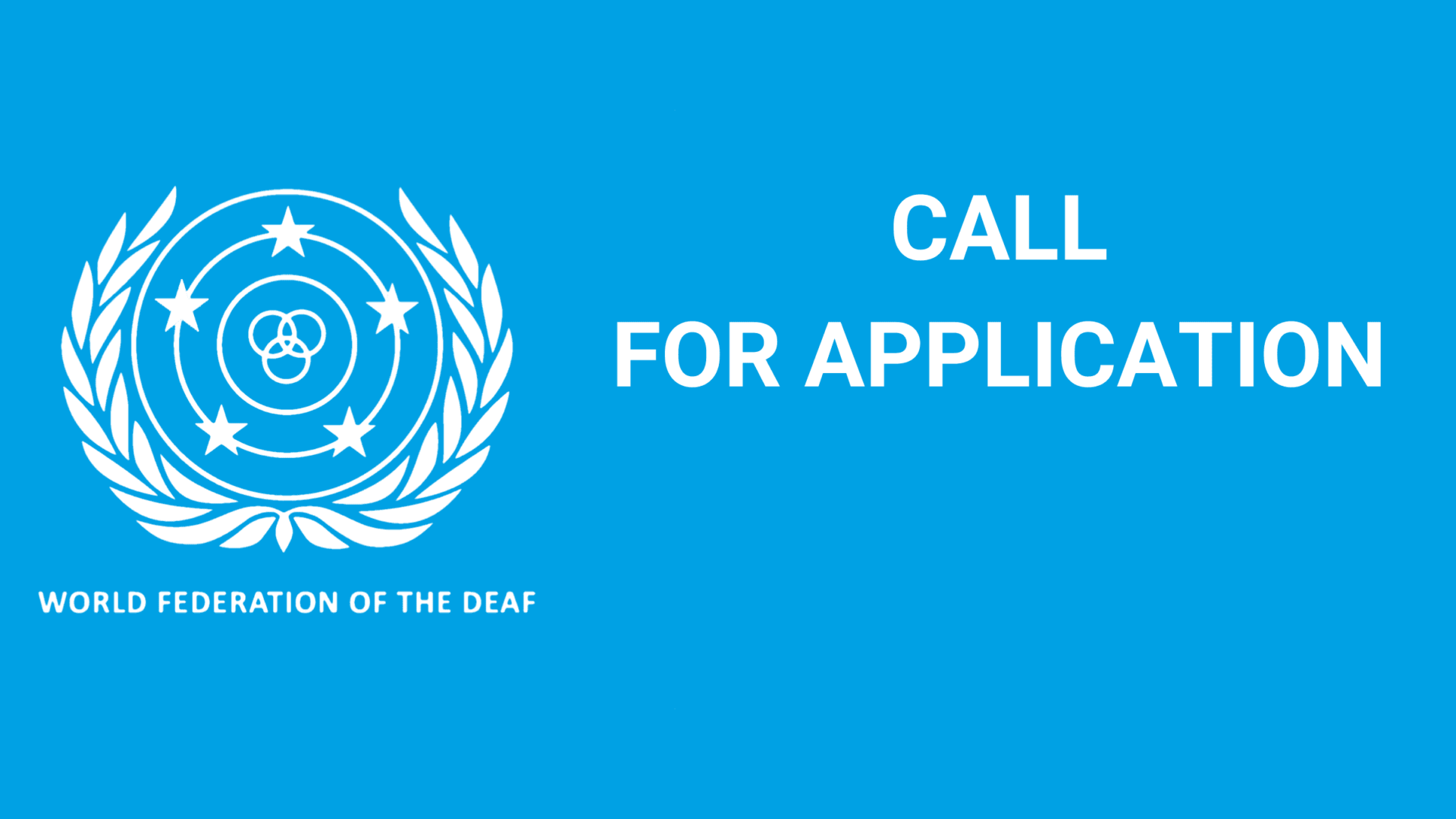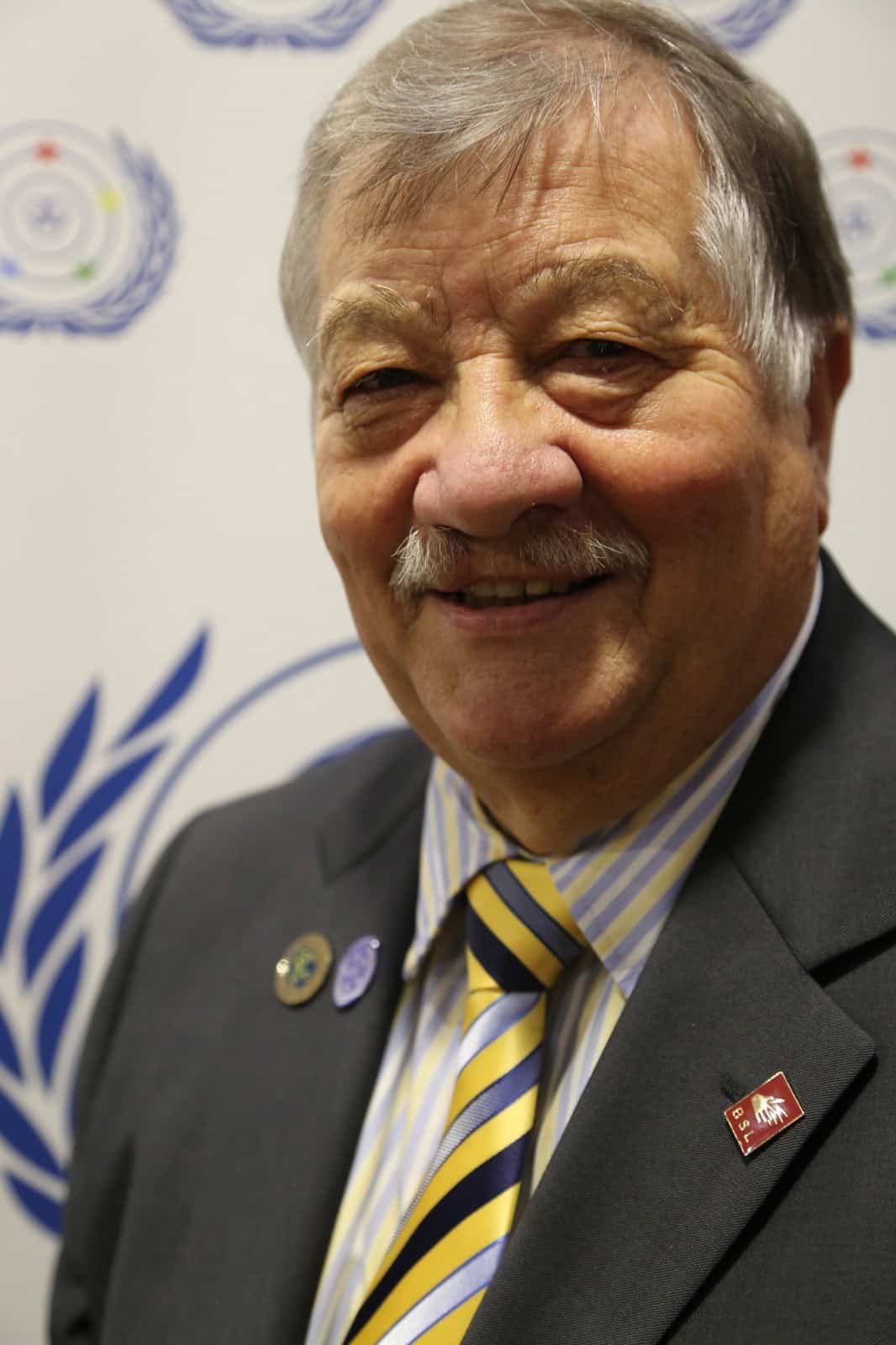Good morning distinguished guests, delegates and representatives,
My name is Kaisa Alanne and I am a member of the Board of the World Federation of the Deaf (WFD). Our organisation represents national deaf association members from 132 countries and is a member of the International Disability Alliance (IDA) of which our WFD President, Colin Allen, will become next Chair from 1 July 2016.
The theme of this Conference aptly, is “Implementing the 2030 development agenda for all persons with disabilities: Leaving no one behind”
Deaf people must not be ‘left behind’
WFD’s mandate is to make sure that deaf people are not ‘left behind’.
This means firstly and importantly making sure that our languages – sign languages – and our cultural identity as deaf persons are not disrespected, ignored or undermined.
We celebrate the ten year anniversary of the adoption of the CRPD with some very important rights for deaf people outlined in the Convention: The recognition and promotion of sign languages is a foundational right in the CRPD. Signed languages are recognised as equal to spoken languages in Article 2. Freedom to express ourselves and to receive information in sign language is guaranteed in Article 21. Recognition and respect of our languages and cultural identity is protected by Article 30.
If you note how often WFD raises the issue of sign language in our submissions and human rights dialogues, it is because respect for our language goes right to the heart of safeguarding that we are not left behind in achieving all of our other human rights – our right to education, to health, to access services, to access work, sport, and culture, to be safe in emergencies – and to access justice when our rights are infringed.
Sign Language as a birthright language
It is for this reason I want to emphasise the importance of sign language as a birthright. Deaf children must have access to sign language. Research shows early acquisition of sign language is essential for overall language development, and it provides support for deaf children’s competence in written and spoken language(s).1
We are aware that the CRPD committee is finalising a General Comment on Article 24 related to education, and is drafting indicators to measure how States Parties are implementing this Article. Deaf children must have access to methods of education that allow them to develop and achieve their full academic potential.
This means that deaf children must have access to direct instruction in sign languages. Research shows that deaf children educated multi-lingually (i.e. direct education by sign language and written/spoken language) are most likely to succeed academically and become active citizens and full members of society. Early exposure to sign language and multilingualism, combined with strong family support for sign languages, best prepares children for their future effective participation in society.
Research shows that a strong foundation in an accessible language must be in place in the child’s early years, ideally before the age of three, but definitely before the age of five. Specialists have recommended that all children born deaf be taught a sign language immediately.2 This is essential so that children are not ‘left behind’ in cognitive and language development and in their later educational and work opportunities.
As recommended by the Committee on the Rights of the Child,3 Governments must implement programs to support the teaching of sign language to family members and carers of deaf children, in co-operation with Deaf Communities and deaf sign language teachers.
WFD urges that the forthcoming General Comment on Article 24 and indicators for monitoring must promote choice in education beyond a narrow ideology of mainstreaming all children. The best education systems for deaf children are multilingual environments which foster and respect their cultural and linguistic identity, respect the diversity of their experience and choice, provide strong deaf role models as teachers, aides, and counsellors and which maximise their linguistic, academic, social and, in the long term, economic outcomes.
Deaf children rely on our choices now. All of us, including governments, policy makers, educators and advocates must make sure that deaf children are not ‘left behind’ but rather provide for their rights so that they might flourish and reach their fullest potential.



